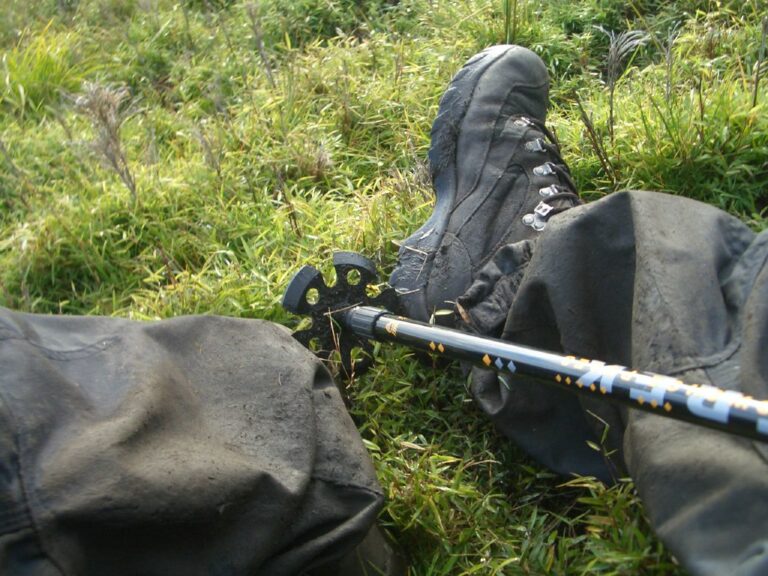Should You Buy Hiking Shoes a Size Bigger?
Have you ever noticed your feet hurting or numbing when you walk or even stand for a long period?
Your feet swells with extended hours of walk as gravity pull more blood downwards. This is usually harmless, but your regular size shoes may cause pain. To avoid this, buy shoes a size bigger.
But wait!
The regular-sized shoes won’t be a problem for a morning walk or a marathon race. It’s a problem for hikers because they often remove boots and put them back on.
Your feet don’t swell when you’re wearing the shoes. It happens when you remove it. The real problem is when you put them back on. You would find it difficult to put it on again, or your blood vessels would be stressed when you manage to put them on again.
Disclaimer: This article contains affiliate links. I may earn a small commission for your purchases through these links. But it never affects your price or what we pick.
How does a bigger shoe size help during hikes?
Because foot inflammation is so common during hikes, you should prepare for it. The simplest and most reliable method is a larger shoe.
Not too large, of course.
One size bigger shoe doesn’t make walking uncomfortable. Depending on how much the feet are bloated, it may still be difficult to wear the slightly bigger shoe back on. But it gives you some flexibility.
Shoes bigger than this may create discomfort even when you’re walking normally. But the right size is not your regular one—just a little bigger.
If you’re wearing toe caps or toe pouches, a size bigger can help keep your feet comfortable.
Here’s my previous post about protecting your toes during a hike. It’s critical as they are the most vulnerable parts during a hike.
What else can you do to avoid or reduce swelling during hikes?
The best remedy for foot swelling is resting. We’ve evolved to handle this little temporary imbalance, and usually, you don’t worry too much.
You could help it a bit by raising your legs a bit. This would allow blood to flow evenly once again. The NHS of the UK also suggests this simple technique reduces foot inflammation.
Also, try some cold water. You may not have ice with you during a hike. But there may be a water stream nearby that’s cold enough. Just dip your feet in it for a few minutes.
Besides helping with inflammation, it’s a great way to enjoy more during a hike.
One more no-brainer technique is to wear some comfortable socks. We’ve already spoken about bigger shoes. But tight socks can prevent blood flow to the feet. To overcome the problem, your veins may get bigger and help the blood get in.
I’m not a big fan of using drugs for such minor events. But I’ve seen people use over-the-counter anti-inflammation medicines. I’d advise you not to do your own diagnostics. Talk to your doctor. Especially if you have special medical conditions.
Should you be worried if your feet swell during hikes?
The short answer is NO!
Feet swelling during hikes, in general, is very common. Even walking and just standing on your feet for long enough can cause mild inflammation.
It also differs from person to person. I do get swelling when I hike to rainforests. But it wasn’t a big issue for me on dry zone hikes.
Yet, the Harvard medical school warns that there can be many reasons why you get feet swelling. Make sure you don’t have any of these conditions to avoid confusion. Better you talk to your doctor if you suspect anything like diabetes.
This clarity is critical to understanding the real reason behind foot swelling during hiking.
Conclusion
I found the best shoe size for hikes is not my regular size but a size bigger.
During a hike, we often remove our shoes and wear them again. Usually, our feet swell when we remove shoes after a long walk. And it makes it difficult to put them back on.
A bigger size makes it more comfortable. And they aren’t too big to cause discomfort during normal walking either.
In this post, we’ve also discussed other ways to avoid foot inflammation and enjoy your hike as much as possible.







